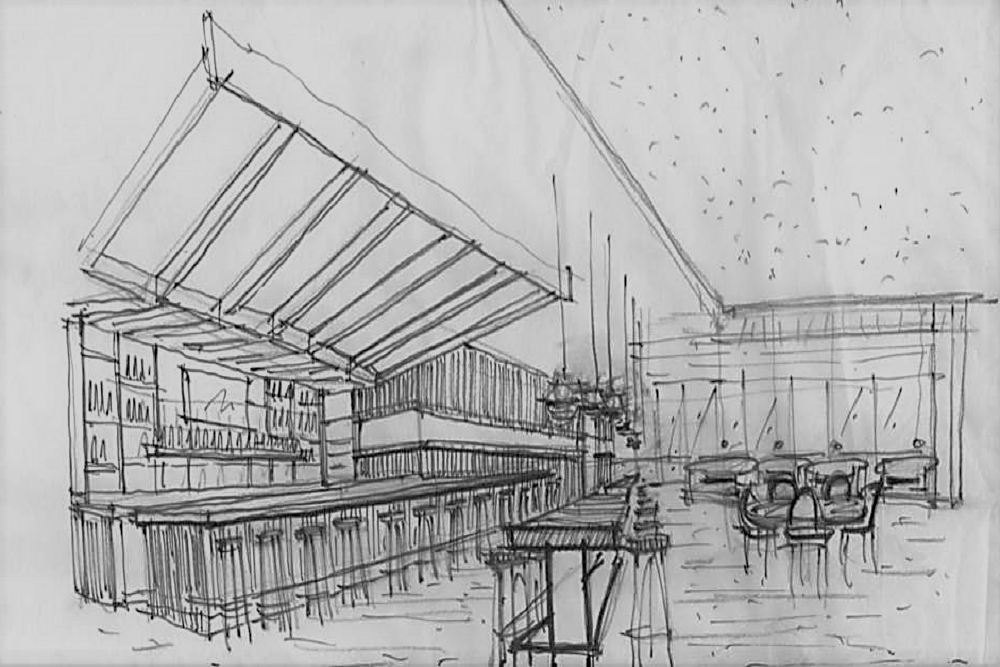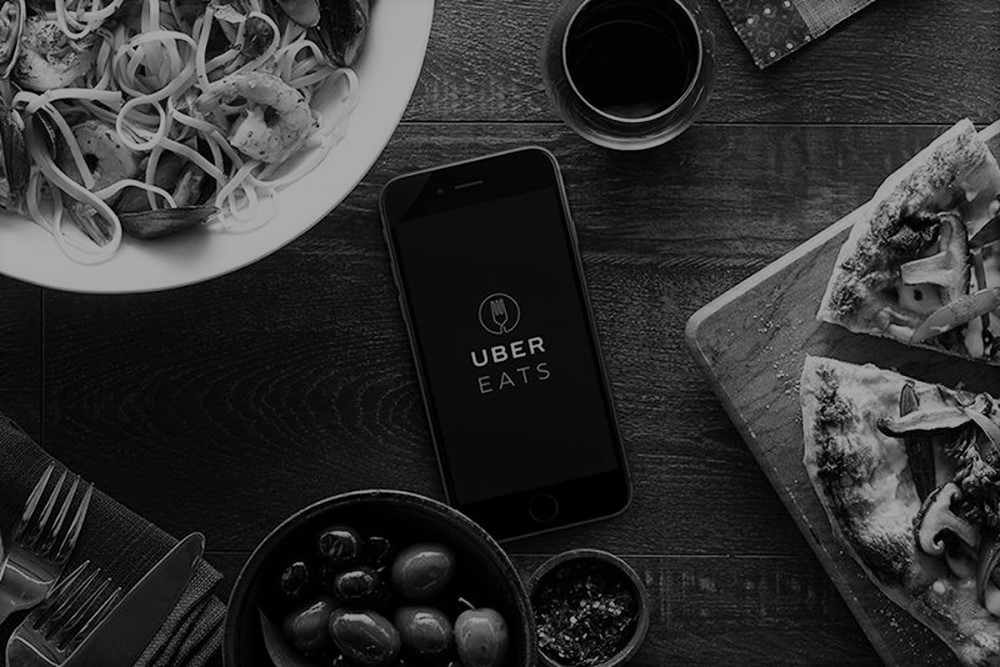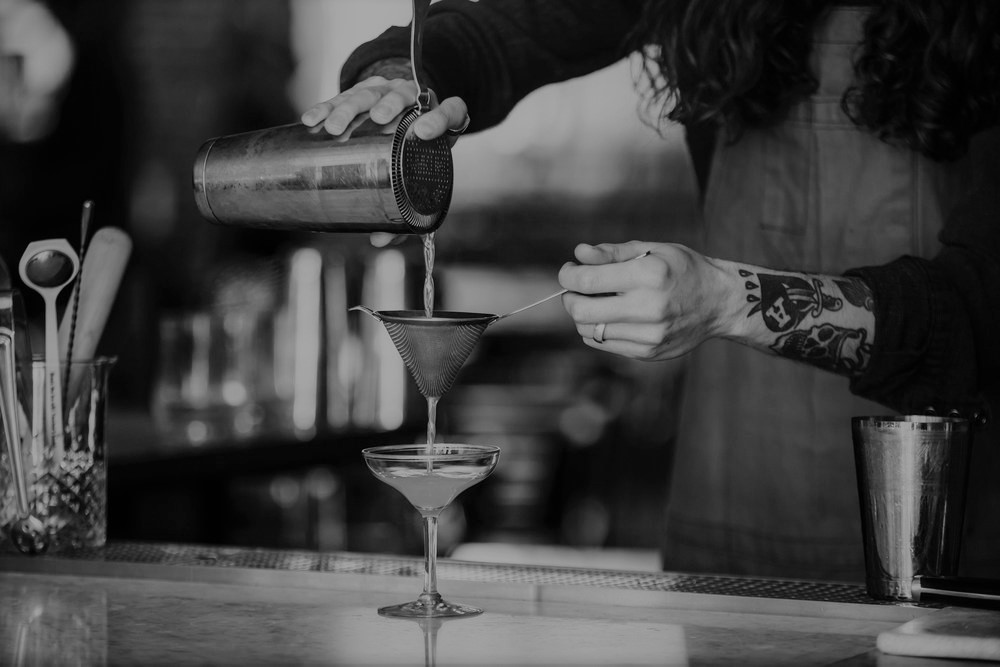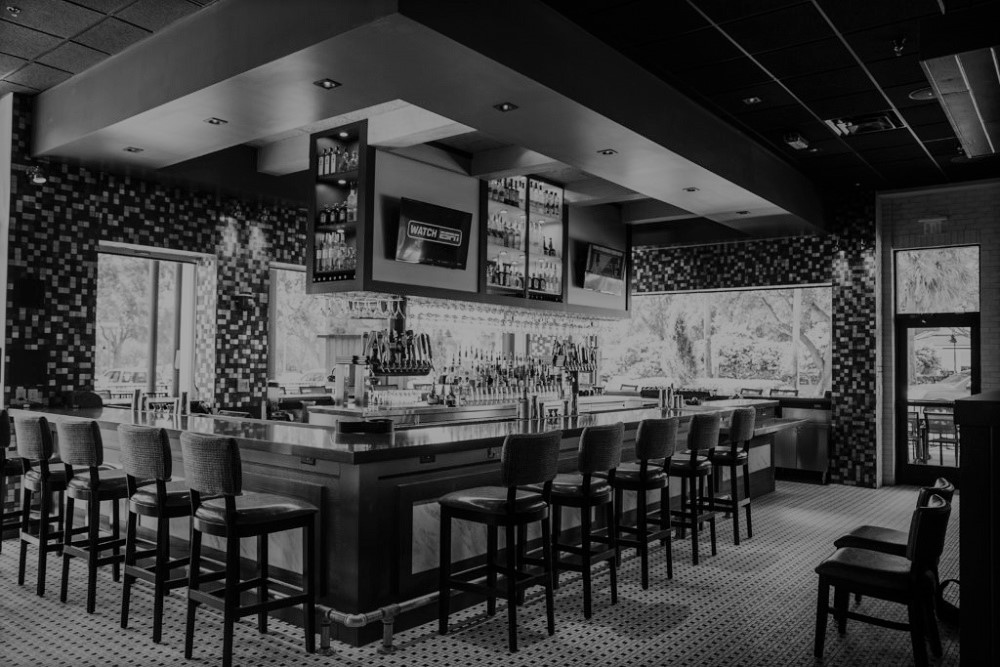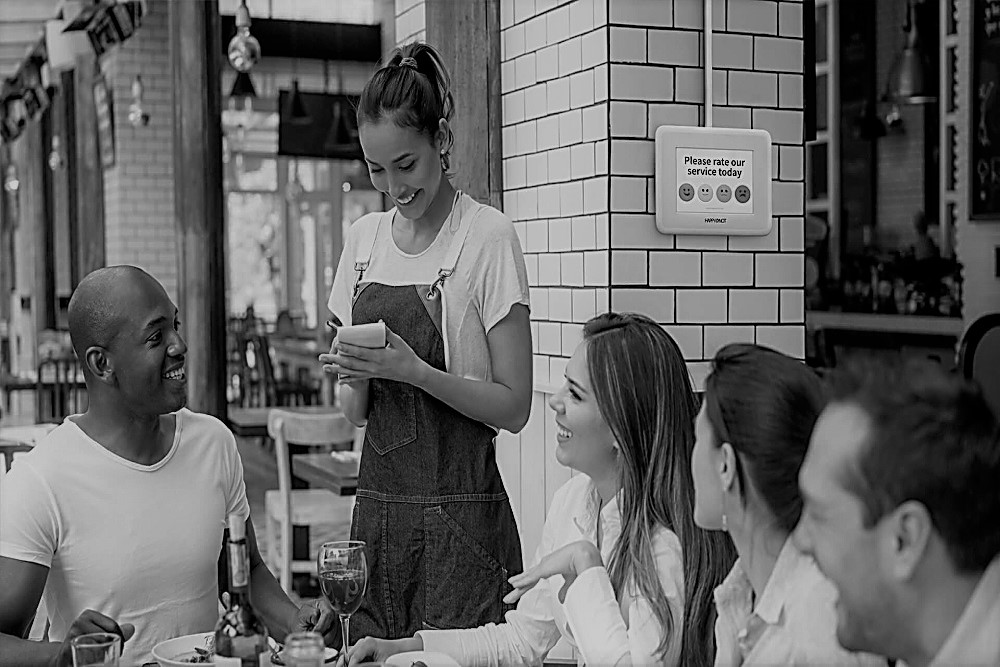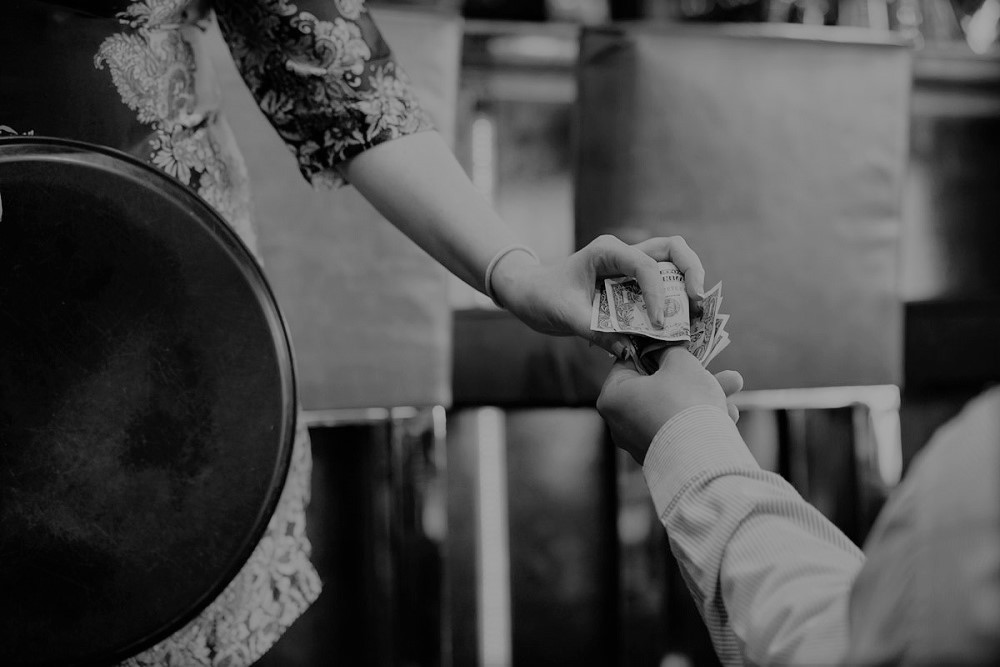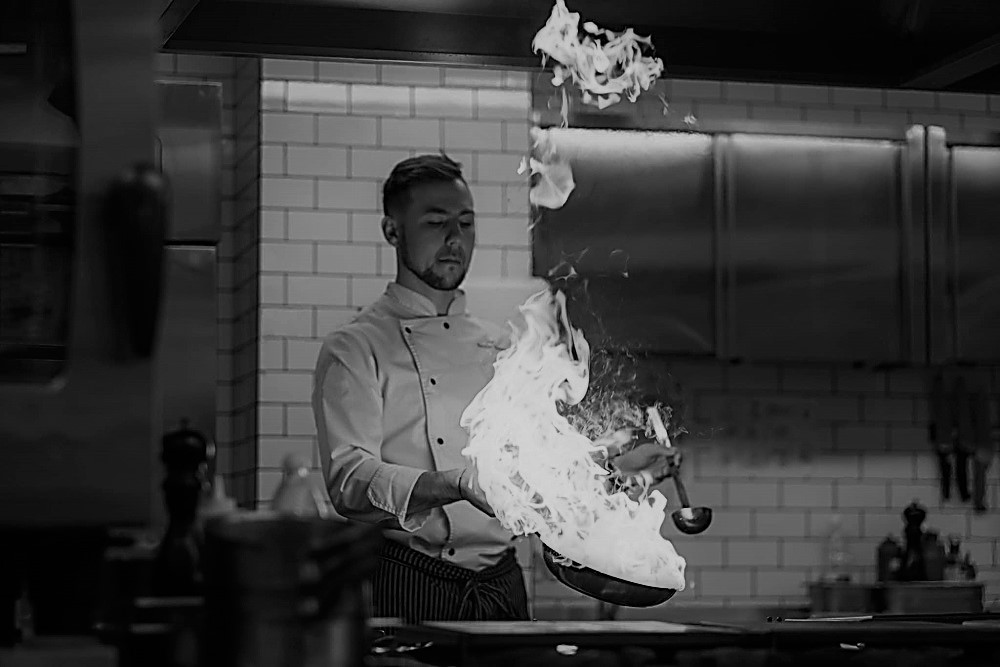The Ultimate Opening Day Checklist for Restaurants
Originally Posted on Typsy – By Doug Radkey 08/06/2018
Before opening your doors to the public, there is an enormous and often overwhelming list of both tasks and strategic milestones to first complete.
This list traditionally starts 3-6 months (sometimes even more) prior to opening day.
In this industry, there is never a ‘one-size fits all’ approach, but there are some general guidelines to follow, that any seasoned restaurateur will likely agree with, no matter if it’s a 3 month or 6 month project.
Your opening day checklist shouldn’t just be a piece of paper either, it is ideal to hold weekly meetings throughout the start-up phase and consider using an online project management dashboard to promote effective communication within your entire start-up team.
Let’s have a look at a generic restaurant opening-day checklist with the appropriate time-frames that should be shared with all members of your opening day team.

Design and Build
Even prior to signing your lease, you should have a grasp of who your design and construction or renovation team will be. Don’t waste your time afterwards sourcing and negotiating – the clock is now ticking.
For many independent operators, this is often 120-180 days away from your projected opening day. This is also where having your feasibility study, concept development plan, and business plan will help speed up the process, positioning you to make strategic – business driven decisions.
During this period you should expect the following:
- Completed schematic designs (engineer and architect related drawings)
- Submission of drawings to local municipality for approvals
- The hiring of your project/construction manager or foreman
- Receive quotes for exhaust hood systems and any other customized concept specifics that may need additional lead time outside of 2.5-3 months.
The project manager should then put in place what is known as a ‘gantt chart’ indicating construction or renovation milestones. From there, the construction of your restaurant dictates the remainder of the schedule for concept and operational specifics. You should work backwards from that projected completion date, often 90 days, and by ideally adding 2-3 weeks for potential delays.
3 – 4 Months Out:
- Apply for liquor license – if required
- Finalize graphic designs and other branding initiatives
- Secure both web and social domains
- Order bar and kitchen equipment – order earlier for customized equipment
- Order furniture for restaurant (tables, chairs, umbrellas etc.)
- Order any additional millwork related pieces for your concept – earlier for customized ones
- Develop vision, mission, value, and culture statements for your concept
- Develop staff positions, specified roles, job descriptions, and wage structures
- Prepare your operational strategies (marketing plans, training programs, onboard packages, staff policies, operational templates/checklists etc.)
- Decide and finalize choice of operational vendors; cleaners, pest control, grease trap cleaners, exhaust hood cleaners, security, telecommunications etc.
60 Days Out:
- Install exterior signage and execute first portion of marketing plan including social media launch
- Create start-up menu and prepare your food and beverage supply chain management
- Setup payroll structure with bookkeeper and all staff paperwork filing processes
- Interview and onboard any key management (chef and/or general manager)
- Decide and order small-wares for both the kitchen and bar area
- Decide and order staff uniforms with any logo artwork or embroidery
- Decide and order point-of-sale systems in addition to any sound, video, and digital menu boards
- Cost out menu and prepare both menu covers, design, and engineering strategies
- Review current construction status and milestones – adjust remainder of schedule as needed
- Install (and test) all kitchen & bar equipment and organize all ordered small-wares
- Interview and onboard remainder of your team leading up to 30 days to opening
30 Days Out:
- Install point-of-sale system and merchant services for both testing and training
- Finalize recipe booklet & menu cards with photos for both kitchen and bar area
- Setup line and employee stations; walk-through menu, steps required, and adjust
- Begin 1-2 weeks of training for all new hires focusing on operations, equipment, and service sequence
- Order and organize all food and beverage for training, soft openings, and opening day
- Execute 30 day marketing and media launch strategies to begin second phase of building buzz
- Create staff schedules for the next two weeks of soft openings plus first week of opening
- Construction should be nearing completion minus final touch-ups and inspections
- Setup a preventative maintenance program for all equipment and create emergency contact list
14 Days Out:
- Host a photo/video shoot for food, beverage, and interior for marketing purposes.
- Host first week of soft openings – using a strategic list of invite only guests
- Make tweaks to operations and service sequence by observing timing, traffic flow, and guest emotions
7 Days Out:
- Execute final portion of start-up marketing, media, and promotions plan.
- Host second (and often final) week of soft openings – using a strategic list of invite only guests
- Finalize tweaks to operations and service sequence by observing timing, traffic flow, and guest emotions
Opening Day:
D-day has arrived. Are you ready? By now all the previous groundwork you’ve done should mean that you’re prepared to open your doors to the public. Just a few more things before you celebrate:
- Ensure venue, both interior and exterior, is impeccably clean with no signs of construction
- By completing both training and a two week soft opening – your team should be confident and well prepared for the first round of guests
- Be calm, you got this!
As you can see, there is so much that goes into an opening and one should not attempt to go about it alone. Starting a restaurant, whether ‘from scratch’ or by over-taking an already built establishment (and re-branding), is incredibly challenging.
But by being prepared with the appropriate plans and checklists, you’ll be opening your restaurant with success!

